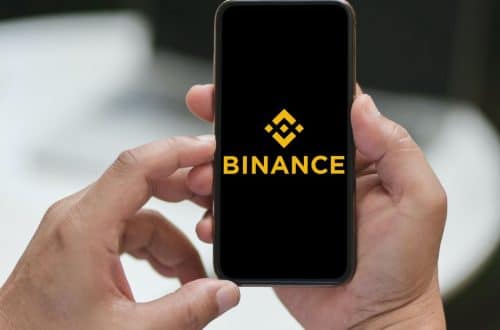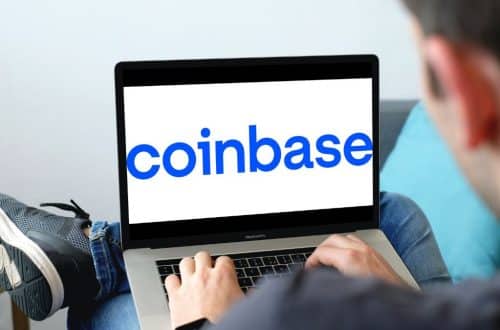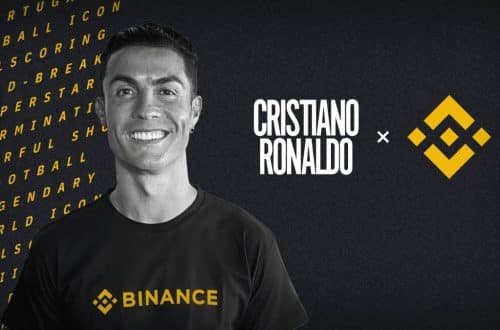
In-depth Look at the GRT Price Index
GRT is an Ethereum token that powers The Graph, a decentralized protocol for indexing and querying data from blockchains. GRT is making it easy to query data on blockchains, The Graph is enabling the development of the next generation of decentralized applications (dApps).
Just as Google scans and indexes the web, so does the Graph index the blockchain data from networks like Ethereum and Filecoin. This indexed data is grouped into open APIs called subgraphs that anyone can query.
The GRT token is used to pay for queries made to subgraphs. In addition, curators can stake GRT to maintain and update subgraphs, and receive rewards for their work. TheGraph.com is the first application built on The Graph protocol. It allows developers to explore subgraphs, see which dApps are using them, and find out more about the data available on The Graph network.
A censorship-resistant inflation index called the GRT price index is being developed on Chainlink, a decentralized oracle network. The index will track the value of the GRT token and provide an accurate, tamper-proof price feed to users. This will allow developers to create dApps that use the GRT token without having to worry about censorship or manipulation of the data.
The Graph is an open-source project that is building a decentralized network of subgraphs. The protocol allows developers to query data from the Ethereum blockchain in a more efficient way. TheGraph.com is the first application built on The Graph protocol. It allows developers to explore subgraphs, see which dApps are using them, and find out more about the data available on The Graph network.
The Graph Protocol will eventually be the “Google” of the blockchain sphere. GRT enables users to search across any component of the Bitcoin and Ethereum networks.
Decentralized finance (DeFi) firm Truflation is building a new gauge to track inflation independent from the government and in real-time. Think of it as a competitor to the Consumer Price Index (CPI), and one where officials can’t move the goalposts.
The key difference between the CPI and the Truflation index is that while the government uses survey data to measure inflation, Truflation looks at price data. The CPI is measured in the form of a survey that collects about 94,000 prices per month for commodities and services and 8,000 rental housing units for the housing component.
The Bureau of Labor Statistics (BLS) then does a lot of math to figure out how these prices have changed over time. Truflation, on the other hand, will rely on data from The Graph—an open-source protocol for querying blockchain data—to track the price changes of goods and services. This will give Truflation the ability to provide real-time data on inflation, as opposed to the CPI’s months-long delay.
The graph will also allow Truflation to be more accurate than the CPI. The BLS has to make several assumptions when it calculates the CPI, such as what weights to give each commodity, which may not reflect reality. The Graph data, on the other hand, is crowdsourced from real transactions, so it should be more accurate.
Truflation will initially focus on the US CPI, but the plan is to eventually add indices for other countries. The team is also considering adding an index for specific commodities, such as oil or gold.
The Truflation token (TRU) will be used to access the data from The Graph. Token holders will be able to vote on which data sources are used and how the weightings are calculated. The token will also give holders a share of the revenue generated by the Truflation platform.






